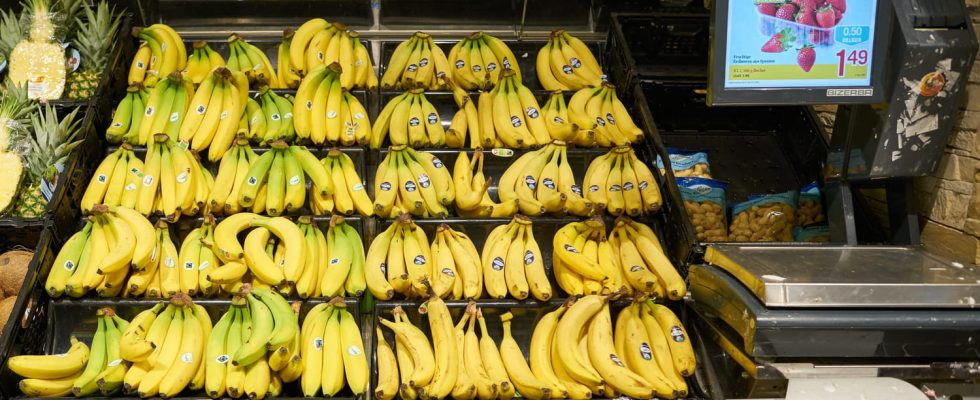In supermarkets that use numbered scales, bananas often correspond to number 1. What is the reason?
Perhaps you have noticed: very often in supermarkets, bananas have pride of place when it comes to weighing them. Indeed, in supermarkets that use numbered scales, bananas often correspond to number 1. So why this first place? The first obvious answer might be to say that fruits are arranged in alphabetical order, but if you look closely you will see that pineapples, which begin with an “A”, often have a higher number than bananas.
In reality, if the banana inherited number 1, it is not accidental. This is the result of two of its characteristics: its unfailing popularity among consumers and its availability throughout the year. As this fruit is widely consumed, supermarkets give it a number that is easy to remember. And on the other hand, as it is available all the time, it is possible to give it one of the first numbers knowing that it will never change.
The numbering of other fruits and vegetables in supermarkets does not follow a uniform pattern. It varies from one brand to another, often determined by criteria such as categorization by type or seasonality. Some supermarket chains group similar products under consecutive numbers, making it easier for customers to select their purchases. For example, different varieties of lettuce or tomatoes may share a close numerical sequence on the scale.
In some cases, the logic behind assigning numbers remains unclear, without following any specific criteria. This approach suggests a certain flexibility in the management of products, especially for those which are seasonal. Thus, products like chestnuts may see their numbers change with the seasons, reflecting their limited availability.
The layout of shelves in supermarkets is also the result of strategic thinking. The entrance to stores is often dominated by the fruit and vegetable section, creating an impression of freshness and abundance from the customer’s first steps. This deliberate staging evokes the atmosphere of a traditional market, inviting consumers to immerse themselves in the world of fresh produce as soon as they arrive.
Some supermarkets, on the other hand, have reinvented this tradition. They moved the fruit and vegetable section to the center of the store, breaking with the usual layout. This initiative aims to optimize the shopping experience by allowing customers to better organize their shopping.
